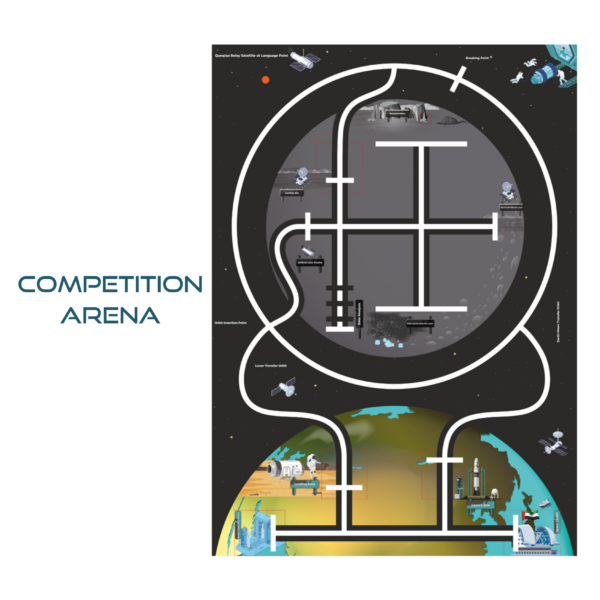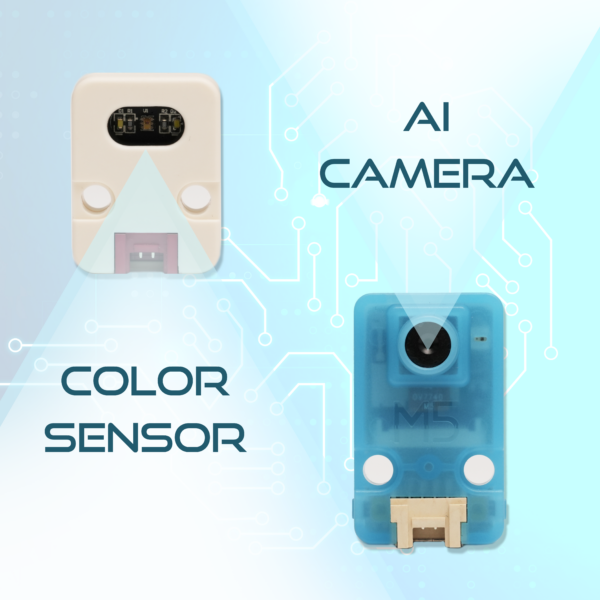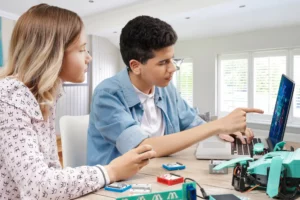In the fast-paced world of technology, IoT kits stand out as a beacon of innovation, propelling the next generation of tech enthusiasts towards unprecedented levels of creativity and invention. These kits are not just tools; they are gateways that unlock the immense potential within aspiring innovators, setting the stage for a future where anything seems possible.
The Rise of IoT Kits in Technology Education
The introduction of IoT kits into technology education has marked a significant shift in the way students interact with and understand the digital world. By offering hands-on learning experiences, these kits not only demystify complex concepts but also foster an environment of experimentation and discovery. Universities, high schools, and even primary schools are now integrating IoT projects into their curricula, recognizing the critical role that understanding connected devices plays in preparing students for the future.
This rise is reflected in the increasing availability and diversity of IoT kits designed for educational purposes. From basic kits that introduce fundamental concepts to advanced setups that allow for the development of complex systems, the range of options enables learners of all levels to engage with the technology at a depth that suits their skills and interests.
Key Components of an IoT Kit for Beginners
For those just starting their journey in the IoT world, the vast array of components available can be overwhelming. However, most beginner kits share common elements essential for building basic projects. These often include a development board (like Arduino or Raspberry Pi), sensors (such as temperature, humidity, and motion sensors), actuators (like LEDs and motors), and connectivity modules to enable communication over the internet or Bluetooth. By starting with these core components, learners can gain a solid foundation in IoT principles.
Impact of IoT Kits on Learning and Innovation
The impact of IoT kits on learning and innovation cannot be overstated. By providing a tangible interface to the digital world, these kits bridge the gap between theory and practice, allowing students to apply what they have learned in a real-world context. This experiential learning approach not only enhances understanding but also encourages problem-solving and creative thinking skills—qualities that are invaluable in any technological endeavor.
Moreover, the collaborative nature of many IoT projects promotes teamwork and communication skills. As students work together to design, build, and troubleshoot their projects, they learn the importance of sharing ideas and constructively evaluating peers’ work. These social learning experiences prepare students for the collaborative environment of the tech industry.
Real-World Applications Inspired by IoT Kit Projects
Projects developed with IoT kits often serve as a prototype for real-world applications, highlighting the practical relevance of student work. For instance, an IoT-driven garden monitoring system can evolve into a commercial agricultural product capable of optimizing crop yields and water usage. Similarly, a simple home automation project may inspire a scalable solution for energy efficiency in smart buildings. These examples illustrate the direct line from educational projects to innovative solutions that address actual needs and challenges.
ChThumbnailallenges and Opportunities in Integrating IoT Kits in Education
While the integration of IoT kits into educational settings presents numerous benefits, it also poses challenges. Ensuring access to the necessary tools and resources for all students is a significant hurdle, particularly in underfunded schools. Additionally, educators must possess a certain level of technical proficiency to effectively teach IoT concepts and guide students through complex projects.
However, these challenges also offer opportunities for innovation within the educational system. Partnerships between schools, technology companies, and community organizations can help bridge the resource gap, while professional development programs for teachers can enhance their technical skills. Such collaborative efforts can ensure that the transformative potential of IoT education is accessible to all students.
Future Trends: The Next Evolution of IoT Kits
Looking ahead, the evolution of IoT kits is set to continue at a rapid pace, driven by advances in technology and shifts in educational paradigms. Future kits are likely to include cutting-edge components like AI chips for machine learning projects, more sophisticated sensors for greater data accuracy, and enhanced tools for cybersecurity education. As the IoT ecosystem expands, so too will the opportunities for learners to engage with the technologies shaping our future.
Empowering Innovators for a Connected Future
As we reflect on the journey of IoT kits from simple educational tools to catalysts of innovation, it’s clear that their impact extends far beyond the classroom or workshop. They are shaping a future where the ability to connect, analyze, and act on data is foundational to solving some of the world’s most pressing challenges. With every project completed, lesson learned, and innovation sparked by these kits, the next generation of tech innovators is being equipped with the skills and mindset needed to thrive in the digital age. IoT kits are not just about technology; they’re about the dreamers, thinkers, and makers who will lead us into tomorrow.












